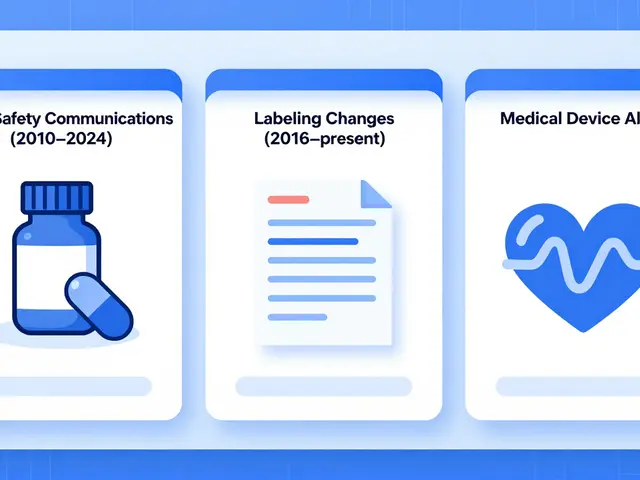Skin Type: How to Spot Your Skin’s Needs and Treat It Right
Knowing your skin type is the first step to better skin. When you understand whether your skin is oily, dry, combination, or sensitive, you can pick products that actually work instead of guessing. This saves you money, cuts down on breakouts, and makes your daily routine less frustrating.
How to Tell Your Skin Type
Start with a clean face. Wash with a gentle cleanser, pat dry, and wait about an hour. No creams or serums during that time. After the hour, look at three spots: your forehead, nose, and cheeks.
- Oily: All three areas look shiny and you feel a slick texture.
- Dry: Skin feels tight, may show flakes, and looks matte everywhere.
- Combination: The T‑zone (forehead and nose) is oily but cheeks stay matte.
- Sensitive: You notice redness, itching, or stinging after washing.
Another quick test is a tissue blot. Press a clean tissue on each area after the hour. If the tissue picks up oil, that spot is oily. Use the results to confirm the pattern you saw.
Quick Care Tips for Each Type
Oily skin needs a lightweight, water‑based cleanser and a matte moisturizer. Look for ingredients like salicylic acid that help control oil without drying you out. Use a clay mask once a week to pull excess shine.
Dry skin benefits from a cream‑based cleanser and a rich moisturizer containing ceramides or hyaluronic acid. Apply moisturizer while your skin is still damp to lock in water. A gentle exfoliant once a week can remove dead cells that make the skin feel rough.
Combination skin works best with a balanced routine: a gentle cleanser, a lightweight moisturizer on oily zones, and a richer cream on dry patches. Spot‑treat the T‑zone with a mattifying serum if it gets too glossy during the day.
Sensitive skin should stick to fragrance‑free, hypoallergenic products. Avoid alcohol, harsh scrubs, and strong acids. A soothing toner with aloe or chamomile can calm redness, and a barrier‑repair moisturizer helps keep irritation at bay.
Regardless of type, always wear sunscreen. UV rays damage all skin, and a simple SPF 30 can prevent premature aging and breakouts. Reapply every two hours when you’re outdoors.
Now that you know how to identify your skin type and what basic steps to follow, you can pick the right products without the trial‑and‑error pain. Keep this guide handy, revisit your routine every few months, and adjust as your skin changes with season or age. Simple, consistent care is all it takes for healthier, happier skin.
Pick the right tretinoin percentage for your skin. Clear rules, step-by-step plan, real examples, pro tips, and FAQs-written for everyday use.



 Medications
Medications




